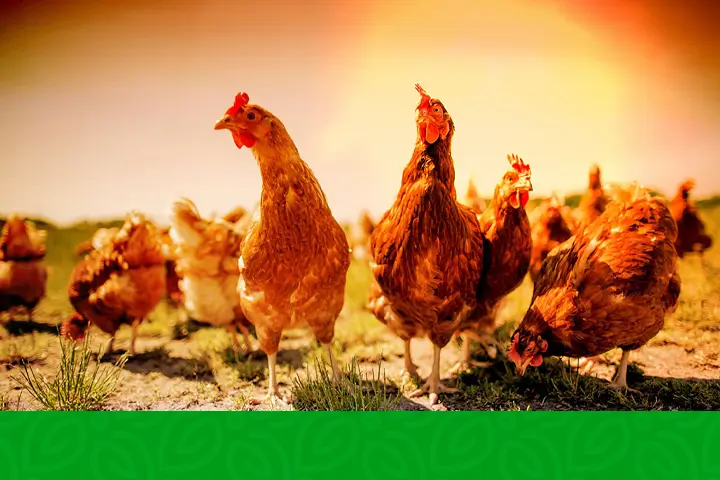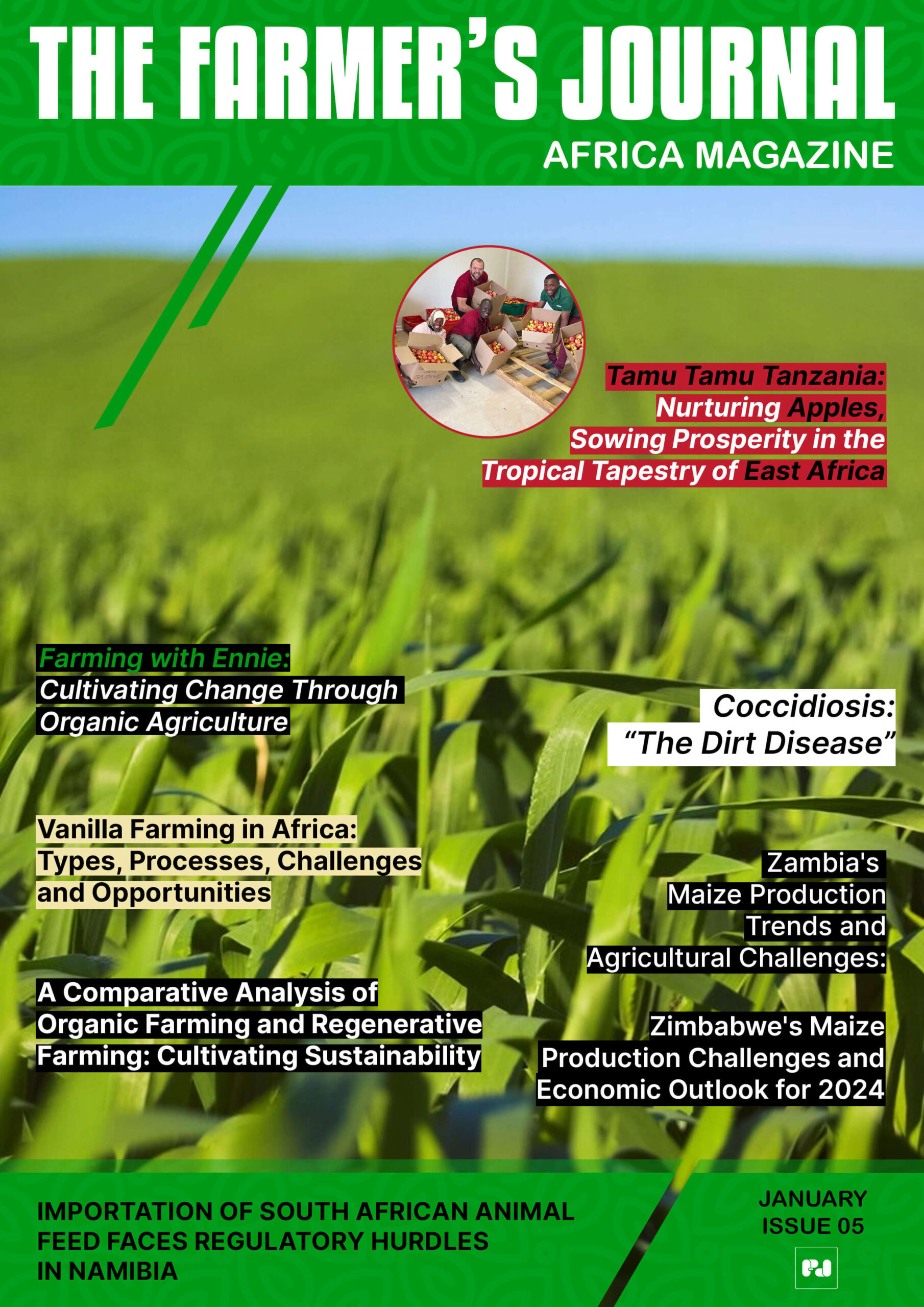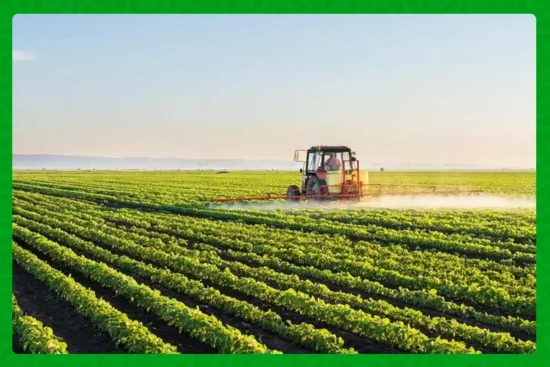
South Africa’s poultry industry is at a crossroads. Producers are asking government to slap tariffs and anti dumping duties on imported chicken to shield local jobs and investment. Regulators are warning that protection could push up retail prices for the country’s most affordable protein. The debate is playing out publicly in the Competition Commission’s Poultry Market Inquiry and it matters to every family that puts chicken on the table.
Why producers want tariffs now
Broiler producers say cheap imports have hollowed out local margins and discouraged new investment. The industry argues that tariffs and anti dumping duties are not protection for the sake of protection. Instead they are a mechanism to level a playing field that has been skewed by products sold below cost on the local market. Producers point to recent investments, job creation and the strain of unpredictable shocks such as avian influenza and frequent power cuts, and say safeguards are necessary to keep those gains intact.
The consumer trade off
The Competition Commission has been blunt. Any move that restricts imports risks raising prices for consumers, and the burden would fall heaviest on lower income households that rely on chicken as an affordable daily protein. Meat prices have already climbed sharply this year, with statistics showing meat costs up by double digits year on year by August, putting additional pressure on household food budgets. That is the crux of the policy dilemma: protect supply chains and jobs or keep prices low for the most vulnerable.
Numbers that shape the debate
The poultry sector is far from small. It contributes billions to the South African economy and provides livelihoods to more than a hundred thousand people. Weekly production remains large, and a handful of major companies control a dominant share of output. That concentration is precisely why the Competition Commission is probing pricing, margins and market structure to understand how decisions upstream affect prices at the supermarket. The inquiry will look at everything from feed costs to the way prices respond when input costs fall.
The stalled promise of the Poultry Sector Master Plan
The Poultry Sector Master Plan signed in 2019 promised a public private compact to curb dumping, boost local output and widen participation in the value chain. Industry executives say they delivered quickly, investing significantly in new facilities and integrating small farmers through contract schemes. But frustration has grown as government follow through slowed after the last elections. Industry leaders say commitments on tariffs, quotas and other supporting measures never reached the stage of full implementation and the momentum faded. That sense of stalled promise fuels the current rush for tariff relief.
What the inquiry is watching for
The Competition Commission’s Poultry Market Inquiry is not a simple tariff review. It will examine how pricing is set across the value chain, including whether producers reduce prices when feed costs fall and whether market concentration is being used to maintain margins. The commission will assess whether market behaviour is harming consumers or whether unfairly priced imports are the dominant cause of local industry stress. The outcome could lead to policy recommendations ranging from targeted tariffs to measures aimed at increasing transparency and competition.
The human side: jobs, small farmers and supermarket shelves
Behind the numbers are people. Employees at production plants, smallholder farmers contracted to larger firms, and cash constrained shoppers are all exposed to the outcome. Industry investment expanded operations and created jobs when the master plan was first signed, and those gains are what producers say they want to protect. At the same time consumer advocates stress that a sudden shift toward protectionism risks making an everyday meal unaffordable for many families. Any policy response will need to strike a balance that preserves both livelihoods and food security.
Possible paths forward
There are several policy options short of blanket tariffs. Targeted anti dumping duties on specific products or origins could be calibrated to stop predatory pricing while limiting wider price effects. Stronger enforcement of trade rules, better market monitoring and incentives for value addition could help domestic producers become more competitive without immediately raising consumer prices. The master plan’s unfinished second phase could also be reinvigorated to focus on expanding market access for black owned producers and supporting small scale farmers through feed support, cold chain investment and access to finance.
What to watch next
The Competition Commission’s inquiry will set the tempo. Expect submissions from major producers, trade bodies and consumer groups in the coming weeks. Policymakers will have to weigh short term price pain against long term industry viability. For citizens, the practical steps are simple: follow updates from the inquiry, watch retail prices, and hold both industry and government to account on transparency and delivery against the master plan promises.
Conclusion
This is not just an industry fight. It is a policy test about how to protect jobs and investment while keeping essential food affordable. The stakes are real and personal. South Africa can choose targeted, evidence based measures that stop dumped imports without tipping many households into deeper food stress. Or it can opt for broad protection that risks higher prices today. The Poultry Market Inquiry has the chance to shape a balanced outcome. The key will be clear evidence, honest debate and swift, decisive action that keeps both plates and paychecks secure.
Stay updated with the latest farming tips and agriculture industry news from Africa by subscribing to our newsletter. Don’t miss out on valuable insights and updates. Follow us on Twitter, LinkedIn, and Facebook to join our farming community and stay connected with us.


















